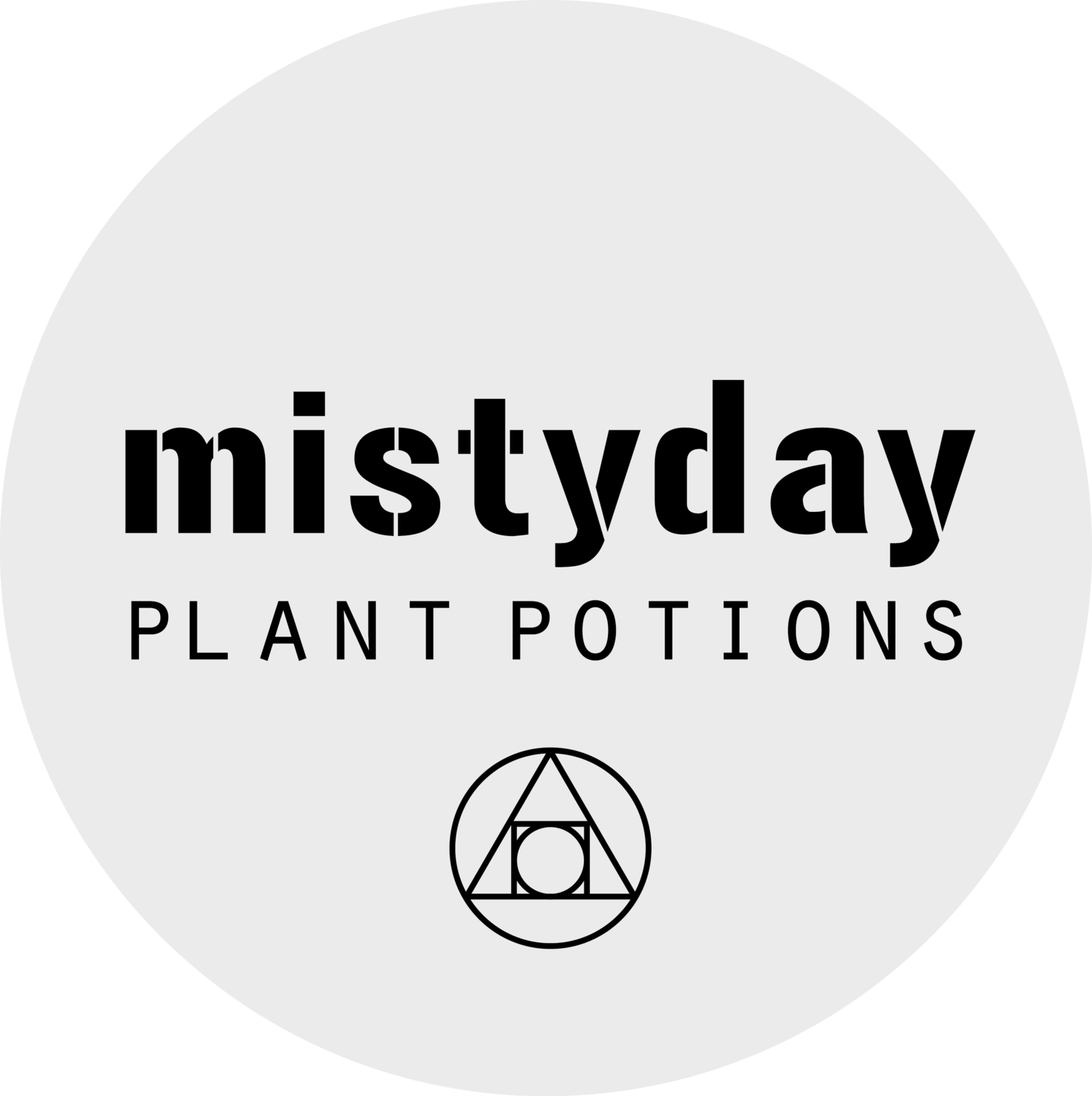HISTORY OF every day drinks… PART ONE - Cacao
You roll out of bed and blearily make it to the kitchen to make that cup of whatever it is that gives you the fortitude to make it through your day. In all likelihood, you probably have a pantry full of differing types of these life giving drinks. Is it a hot chocolate day? a coffee day? a cuppa tea day? a herbal coffee day? We are absolutely spoilt for choice and we certainly take their availability for granted.
Its not so very long ago that the use of these plants was not as just as a cuppa to keep you alert during your boring day at work, but as a medicine, an offering to the gods or as part of an elaborate ritual. Im going to introduce you to the history of the drinks you so enjoy, starting with Cacao.
Cacao
Cacao was named Theobroma cacao in 1753 by the Swedish botanist Carl Linnaeus, with the Latin meaning “Food of the gods”. It is in the mallow family which also includes plants such as marshmallow and hibiscus. It has its origins in Southern and Central America and it is thought that it was first domesticated by the Olmecs in Mexico around 1900BCE. It is from the Olmec language word kakawa, that the word cacao comes. There is very little documented history for the Olmecs but pots and vessels uncovered from this ancient civilization show traces of the cacao chemical theobromine. It is thought they used it mostly ceremonially and as medicine.
Cacao Beans
Around 900BCE the Mayans began to use cacao too, during ceremonies and rituals. They made a stimulating drink mixing the roasted, fermented cacao seed paste into a drink with water, chilli, flowers, vanilla, and cornmeal. They served it hot and made it frothy, much as we do today. In fact. in a Mayan wedding ceremony a woman would have to make the cacao and prove that she could make it with the proper frothy foam. The foam was thought to contain the essence of the wind god Pe’e. Alongside being used in rituals and as a stimulant, the Mayans used cacao drinks as medicine for weight gain, to stimulate the nervous system, improve digestion and elimination, cure anemia, kidney stones, alleviate fevers, and coughs.
The Aztecs ( 1345-1521 CE Aztec Empire Era) believed that cacao was a gift from the serpent god of their forebears the Toltecs, Quetzalcoatl. They named it chocolātl in their language Nahuatl, which means bitter water – if you have eaten cacao nibs thinking they might taste like chocolate I think you get it. They did not drink it hot like their Mayan forebears, they drank their cacao cold, mixed with water and cornmeal. Like the Mayans, the Aztec used cacao as a medicine too, to enhance stamina and endurance, treat seizures and apathy and also as a flavouring agent to cover up the taste of offensive tasting herbal medicines.
The pyramid at Chichen Itza, in the heart of the Yucatan Peninsula thought to be the birth place of cacao. I have visited this region and drunk a traditional Mayan cacao in the city of Valladolid.
It is believed that both Mayans and Aztecs may have used cacao beans as currency so only those that had enough actually drank it the rest used it as a currency. This was first seen by Europeans in 1502 when Christopher Colombus reported Aztec people trading what he thought were almonds. In 1521, Spanish invaders arrived in Mexico headed up by Hernando Cortéz. He noted that the Aztec king Montezuma was offered many cups of frothed cacao in gold cups which he drank from prior to visits with his wives. boom chicka wow wow.
Cortez and co took cacao beans back to Spain where they were presented to the Spanish court in 1544. Over the next century, the use of cacao slowly permeated throughout Europe with many colonial countries such as France, England and Spain establishing cacao plantations in their warmer climate colonies in the Caribbean, Philippines and West Africa.
A cacao fruit growing out of the trunk of the Theobroma cacao tree
Cacao was drunk as a drink in Europe from about the mid 1600s, for its nutritive and medicinal qualities, yet the chocolate bar wasn’t invented until 1847. The very same companies that still provide chocolate today are the same ones that first started producing it – Fry’s, Cadbury, Roundtree, Mars and Lindt.
Clearly cacao has a long and troubling history that includes genocide and slavery. This unfortunately is not in the past. Modern day slavery sees children being trafficked and exploited to work on the farms that provide the low cost cocoa that the west demands. This is most prevalent in countries such as the Ivory Coast, Ghana and Brazil and companies like Nestle, Hershey’s and Mars drive this human misery. They all know they are condoning the use of child slaves yet consistently deny making any changes as it will invariably affect their profit margins. Many of these child slaves work their whole childhoods and into adulthood on cacao plantations and have never even tried a chocolate bar. So be careful of and avoid cheap chocolate and cacao. We buy our organic cacao from our friends at Seleno Health, who source it directly from the farmer in Peru ensuring he gets a fair price for his product and we can be sure no child slavery was involved in its production.
So next time you have a sip of Magick Cocoa or Bliss, or Power or Shroom or Lovers Potions, give thanks to the Mesoamericans who discovered the cacao within.
My website and everything in it, including free downloads is COPYRIGHT!
Please don’t copy my writing for your own website. Its a shitty thing to do and karma will get you :)



